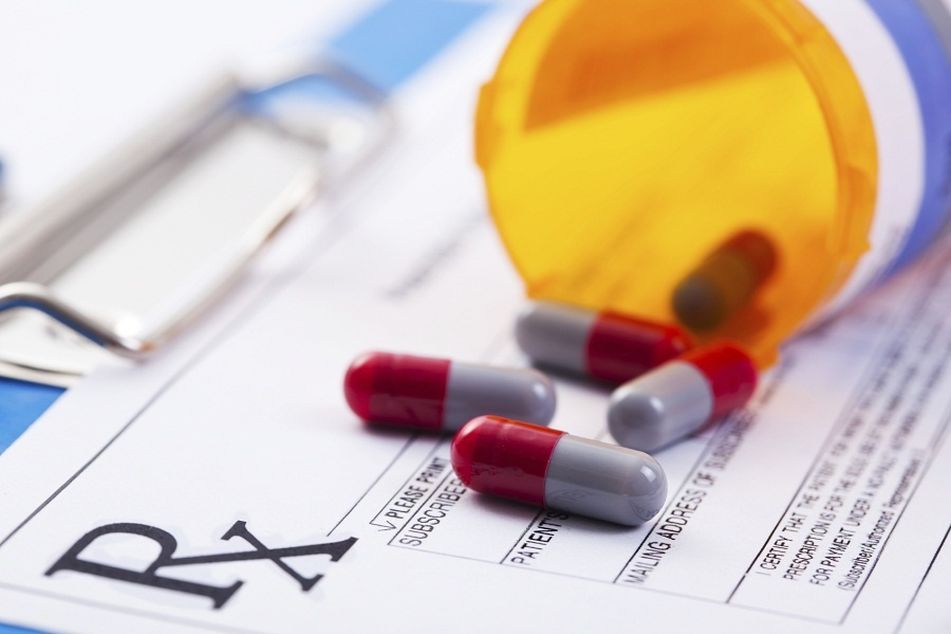ESG risks facing biopharmaceutical firms

Pricing, product governance and legal liabilities are some of the factors to consider when assessing drug companies.
The U.S. is the single most important country for examining the affordability of prescription drugs, as it accounted for about 40% of sales in the $1.4 trillion global prescription drug market as of 2021, according to research from Morningstar.
Very few people know the exact net prices any buyer pays after rebates and discounts. Determining the fairness of that price is even more complex — and unique for such a major market, drug pricing in the U.S. is unregulated.
Prices are set through opaque negotiations between manufacturers, distributors, pharmacy benefit managers and federal and state government payers. As a result, Americans pay twice as much for their drugs as patients in most developed countries. Health insurance payers, employers and voters are keen to rein in costs, according to research from Morningstar’s Investable World.
While drug pricing remains complex and unclear, it could limit access to medicines and basic services, creating a major environmental, social and governance risk for pharmaceutical companies and pharma stocks.
Examining these risks can be complex, but it is important for investors seeking exposure to a vital part of the economy.
PRODUCT GOVERNANCE AND LEGAL LIABILITIES
ESG risks can stem from more than just pricing. Other considerations include product governance, legal liabilities and business ethics.
Biotechnology and pharmaceutical firms face high product-governance risk from numerous drivers, a risk that most commonly manifests as legal costs.
Biopharma firms provide an essential product that consumers’ lives often depend on. Additionally, any product failure or unintended effects could have life-threatening consequences.
Consumers requiring life-saving medication also tend to have preexisting health issues. Senior citizens and children may be disproportionately affected by adverse outcomes, and those groups typically benefit from consumer protection mechanisms. That can lead to higher scrutiny and litigation risk — especially in litigious environments such as the U.S.
Biopharma stock performance can be impacted by public perception as well. The favorable publicity stemming from the breakthrough work done by drug companies during the pandemic was a rare pivot from the more frequent negative coverage of lawsuits.
There are a variety of reasons that biopharma firms face litigation. For example, in 2012, GSK paid the largest health care fraud settlement in U.S. history at the time, of $3 billion, to resolve charges of misbranding drugs and failing to report drug safety information. Currently, Johnson & Johnson faces $5 billion in legal costs relating to the involvement of its offering in the opioid crisis, including failing to fully disclose side effects and addiction.
While these settlements appear large, they look much smaller when compared with the involved firms’ total profits. Litigation costs averaged only 3% of normalized income for large drug companies between 2014 and 2021, according to Morningstar research. With large-cap biopharmaceutical firms averaging net margins in the 30% range, these costs look manageable.
CAPSULE SYSTEM AND STOCK PERFORMANCE
Through its “capsule” system, Morningstar identifies biopharma firms with the largest deviations from cost-effective pricing for much of their branded drug portfolios — which has increased ESG risks for those companies’ pharma stocks.
AbbVie’s immunology drug Humira, for example, has a long history of annual price increases and net prices above cost-effective levels, and newer immunology drugs like Skyrizi and Rinvoq appear to be slightly overpriced as well.
Vertex is the worst performer. Chronic therapies for rare diseases are often priced above their cost-effectiveness thresholds, and Vertex’s cystic fibrosis therapies are priced at least three times the level that the Institute for Clinical and Economic Review would deem to be cost-effective.
Conversely, one of the best-positioned pharmaceutical companies is Sanofi. The company’s heavy reliance on Dupixent — a drug used to treat eczema, asthma and other immunological disorders — bodes well both from a valuation perspective and from the capsule system, as the drug is priced at a cost-effective level.
When available, BioMarin’s hemophilia gene therapy drug is expected to be priced fairly, based on a generous review by ICER, owing to the one-time nature of treatment and strong efficacy.
GOVERNMENT INTERVENTION
Although drug pricing policy changes and regulation are aimed at increasing access to medicines and basic services — which would in turn mitigate some ESG risk in the sector — the impact on sales could negatively affect some pharmaceutical stocks.
The Inflation Reduction Act, for example, requires the secretary of Health and Human Services to negotiate prices for a small number of drugs without generic or biosimilar competitors that are covered under Medicare Part D. The act effectively imposes price cuts on Medicare drugs that have extended patent protection. Firms that would be hit the hardest by mandatory price cuts would include AstraZeneca, Gilead and Novo Nordisk.
The act also penalizes biopharma firms that raise Medicare prices by more than the rate of inflation.
Despite the Biden administration’s efforts to lower costs and increase pricing transparency, drug companies will likely continue to exert pricing power, particularly by raising launch prices for new drugs, as there is no limit to initial pricing.
In the long term, cost-effectiveness analysis will have a growing influence on drug-pricing policy and negotiations, putting firms with unjustified prices for their top-selling drugs at risk.
Karen Andersen is a biotechnology strategist at Morningstar.
Learn more about reprints and licensing for this article.




